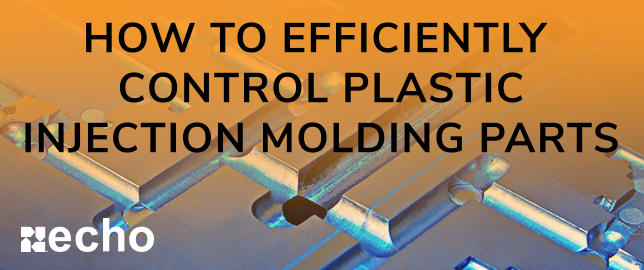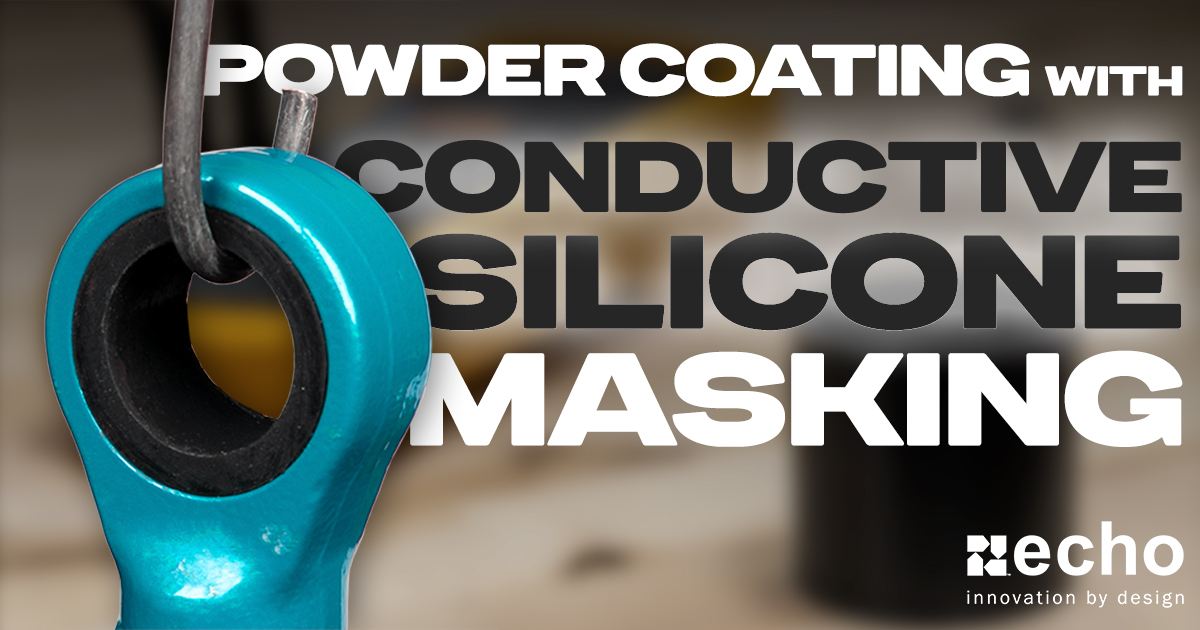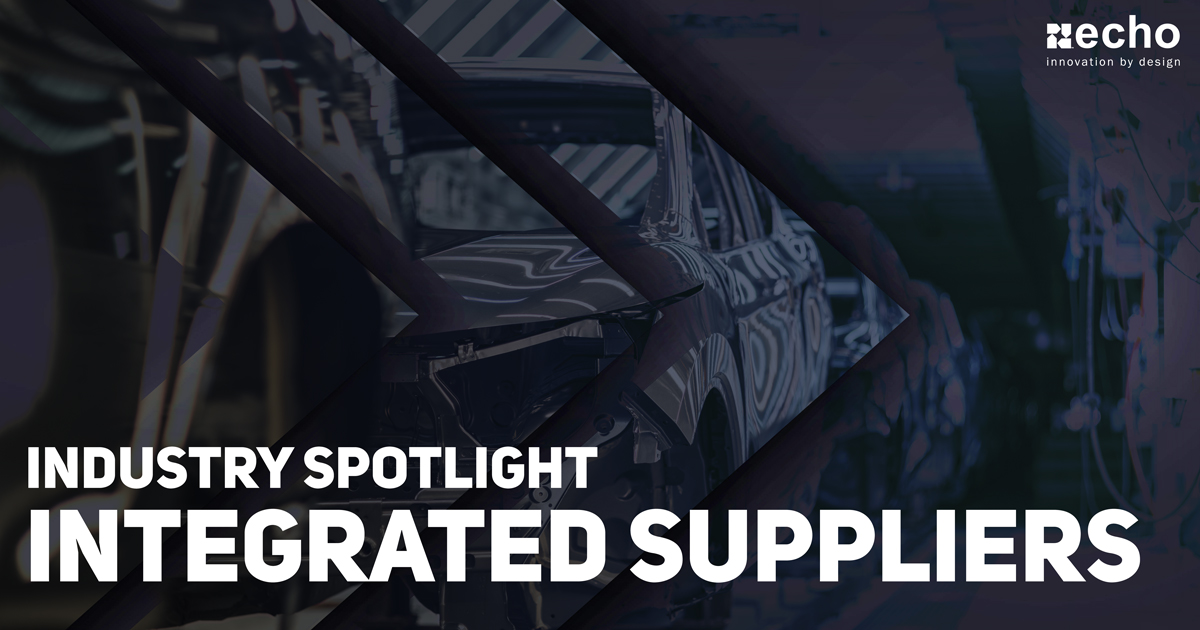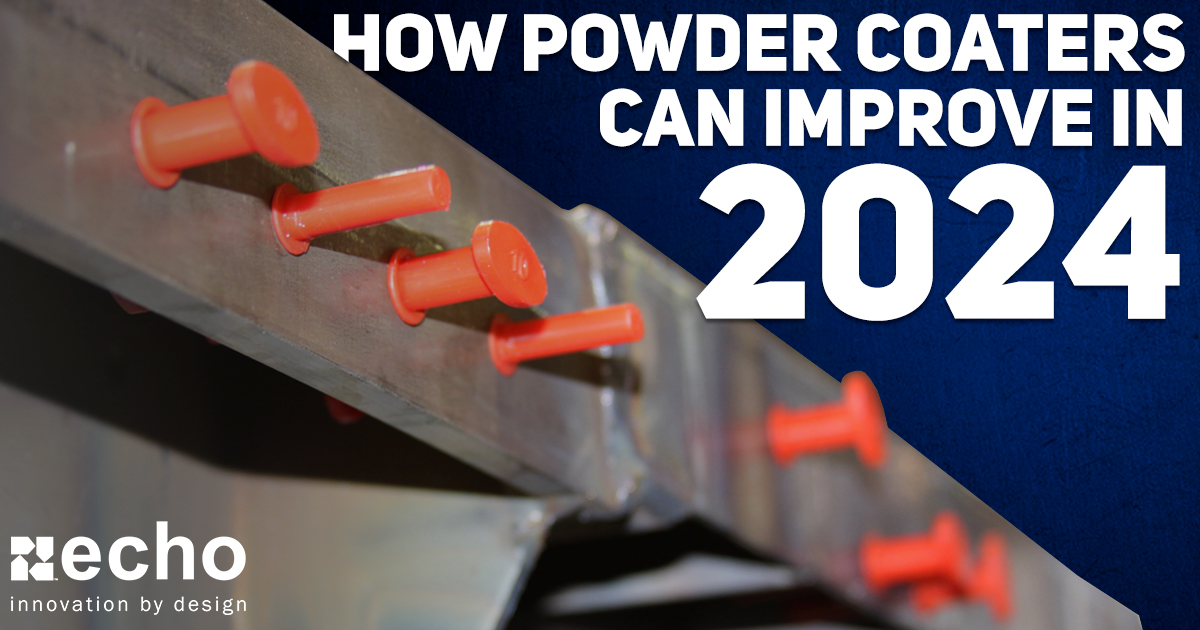Compression Molding Automotive OEM Supplier
- By Echo Engineering
- Dec 6, 2018
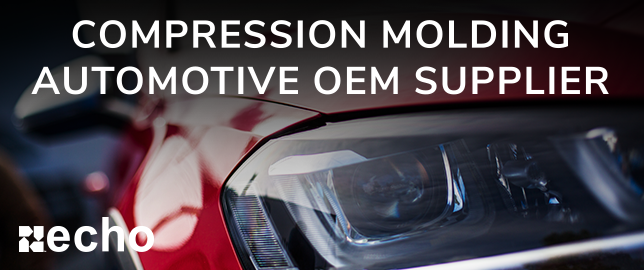
For companies seeking innovative, cost-effective, and high-performance parts, rubber molding is often an ideal solution. Rubber manufacturing of automotive components is mostly accomplished by one of the three methods below, and process selection is based on many factors such as the size, shape, and quantity of the part, as well as the raw material cost.
- Compression Molding: uncured rubber compound, often a preform, is loaded into an open, heated mold cavity. The heated mold halves are closed and pressure is applied to force the material to fill the mold’s cavities and conform to the shape of the mold.
- Transfer Molding: uncured rubber compound is inserted into the tool’s transfer pot, located between the top plate of the molding tool and a plunger. When the mold is closed, the compound is compressed by the plunger, moving through sprues into the molding cavity where it conforms to the shape of the mold.
- Injection Molding: a screw feeder system is used to transfer the uncured rubber compound into a heated barrel. The material is pushed through an injection nozzle and travels through a runner system to fill the molding cavity. The material is placed under pressure to create the desired shape.
Advantages of Compression Molding
Compression molding has several benefits compared to injection or transfer molding, and below are a few of its key advantages.
- Lower Tooling Cost: Since compression molding does not involve an injection or transfer step the molding tools are less complex – resulting in less maintenance and lower costs for the tooling equipment and assembly.
- Good for large parts: compression molding is a great option when producing large moldings that require significant material to manufacture. Since the material is directly loaded into the mold cavity, there are few limitations on the weight of part that can be made, whereas injection molding processes, for example, is limited by the volume of the injection barrel.
- Good for small to medium production runs: the lower capital cost for compression molding tooling means this method is often the most cost-effective for manufacturing small to medium size production runs. Additionally, compression molding is often very quick to assemble and set-up since the tooling is less complex – adding to its attractiveness for smaller production runs.
Echo's Automotive Solutions
As a supplier to automotive OEMs and Tier-1s, Echo utilizes compression molding to produce many of its components. Echo's high-quality automotive products perform in some of the most popular vehicles worldwide. Echo develops rubber products designed for sealing, insulation, vibration control, noise dampening and aesthetic applications, as well as for masking and protection purposes. Echo’s automotive solutions are organized by vehicle section, as summarized below.
- Body and Chassis: NVH panel plugs, door assembly seals, and masking designs for body panels, frames, and chassis going through e-coat, powder coat, and wet paint.
Cooling System: Caps for radiator inlet/outlet ports, water pump housings, tube grommets, and plastic clips are examples of the many solutions for cooling systems.
Driveline: Driveshaft boots and clips that require complex designs, materials, and tooling as well as masking solutions for yokes, pivot points and brackets.
Fuel System: Chemically resistant rubbers, like Viton and HNBR, used in sealing applications and rubber grommets.
HVAC: Rubber grommets used on HVAC component applications as well as custom caps and plugs used on A/C lines and various inlet/outlet ports.
Since 1966, Echo has been partnering with customers to create and supply meaningful solutions for Connecting, Fastening, NVH, and Sealing challenges, and has become a trusted automotive OEM supplier. The company has designed, engineered, and manufactured thousands of value-added rubber components and assemblies for the automotive industry. Echo’s success with designing and manufacturing complex rubber components stems from its team of in-house design and materials engineers, 3D rapid prototyping, quality management, internal and third-party testing, and supply chain management.
Echo takes the time to understand what role a part plays in a customer’s manufacturing process or product development in order to confidently recommend a solution. Whether a customer is in need of a standard stock component or one that requires customization, the Echo team is equipped to provide what is needed - fast.
Contact Echo today to discuss your automotive OEM needs.



